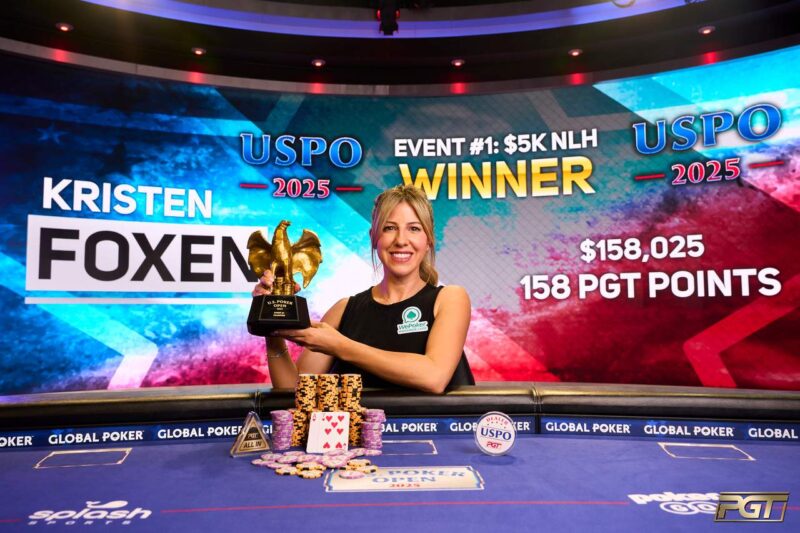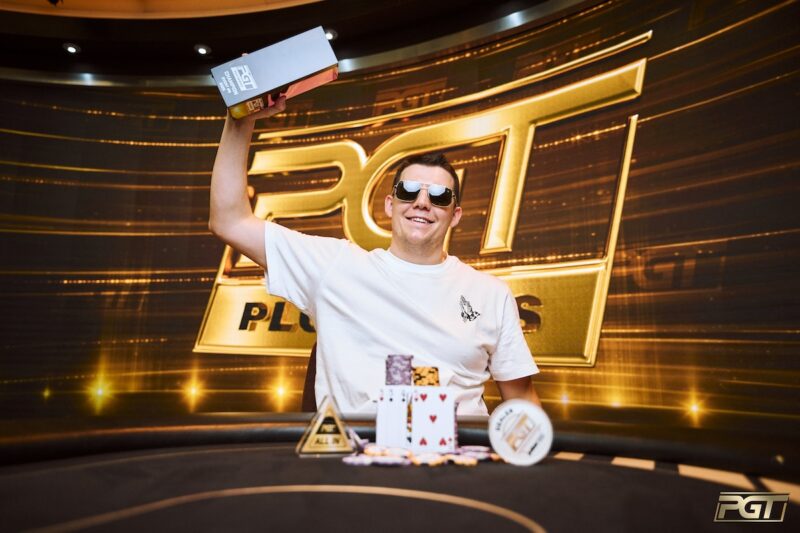It was mid-July in 2017 and I was down almost 50 grand in the last six weeks. It had been a very rough World Series of Poker for me. That happens sometimes. Big buy-ins and big fields mean tons of variance, and about every third or fourth year I end up down for the series. I hate those years, but I’m prepared for them and I don’t play too big for my bankroll.

“Every tournament is a summer saver,” I said, over and over to anyone who would listen. I was saying it to myself more than anything. I knew I was down to one last shot to save my summer — the Main Event.
I’d had rough luck my first few times playing the WSOP Main Event. The first time I played it, I went broke with my aces against kings all-in preflop on Day 1. The same thing happened an incredible three of the next five times I played, and I was 0/6 cashing in the Main when I registered to play it as my last tournament in 2017.
A few hours in, I had chipped up by about 50% and there was only one player at the table with a bigger stack. He raised, I reraised, and after a few more raises, we were all-in. I had aces and he had kings. I was ready for another beat and figured it was about time to get back to grinding cash games anyway.
Then, miracle of miracles, I won. And by the end of the day I was putting a big stack in the bag. Day two was even better. By the end of the third day people were starting to tighten up, hoping to make the money so they could tell their friends that they cashed in the main event, and I had some chips to raise with.
I started raising more hands and stole the blinds and antes at a nice clip for a few hours. And the blinds were getting big. Every time I stole them it really meant something. By the time we hit the money I had a mountain of chips and was feeling really good.
Not long after the bubble broke, they moved our whole table into a different room. They brought us big Ziploc freezer bags to put our chips in and I had so many chips that my bag was completely filled and I carried it over my shoulder like a sack of potatoes, a big smile on my face. I thumped that bag down at my new seat and the whole table looked shocked. I was top five in chips and it was day four.
Things went well throughout day four and I scrapped by on day five after a few rough hands. We came back to day six with less than fifty players left and I was already picturing myself winning that shiny bracelet and millions of dollars. Sure, I already had a bracelet, but it wasn’t the main event bracelet. I was already spending those millions in my head. My beach house on Kauai was going to be amazing.
I was really frustrated when I busted in 32nd place. By then I was expecting something more. But the $215,000 that came along with it took the sting out of the bust out pretty quickly. And it put me up over $150,000 for the summer. My summer saver had come in.
I hope you get the chance to play the main this year. If not this year, then some time in your life. It’s really a spectacular event. There’s really nothing like it. The music, the pros, and the television cameras everywhere make it really obvious that you are playing the world’s richest poker tournament, which is exactly how tournament director Jack Effel will announce it at the beginning of each starting flight.

If you do play the main, I really recommend being there a few minutes early. The pros may be too cool for that and they love to register late, but you really need to be there on time at least the first time you play it. It will be a memory you’ll never forget.
If you really want to have a good time in the main event, make a deep run. Days 5 and 6 are incredible. The pressure is so intense, the quality of play is so high, and knowing that your friends are all watching you on television, or refreshing the update page every minute to see how you’re doing, that it will be the most fun you’ve ever had playing poker.
I know, it’s not that easy. You need to play well and run good just to make the money in any tournament, but the Main Event is different and I think it favors people who have played before and understand how it works. It’s not just the pomp and circumstance, it’s also the structure, the pressure, the odd composition of the field, that are so unique.
My hope is that I can give you a much better chance of cashing and making a deep run with some fairly simple advice. Now that I’ve already rambled on for almost a thousand words I guess it’s time to get started with my quick guide to playing the main event.

Get a headstart
Get some sleep. Not drunk sleep or five hours of fitful snoring, but real sleep. It will be a long stressful day and you want to be playing well when everyone else is starting to run down.
Registering the night before, or even earlier, is a really good idea. You don’t want to be standing in line when the lights dim and the music comes on. Your first time should be special and you don’t want to miss the big moment because you are standing in line waiting to buy in.
I play Day 1A most years, and never play the last day. The last starting flight will usually have more pros, and this year with the two extra flights there will be a lot more Europeans in the last two starting days that were added specifically so they can get here after the travel ban is lifted. I’m sure those final two starting flights will be much tougher.

Go slow, soak it all in
Now that you are in the tournament, take it easy. The structure is unlike any tournament you have ever played. You don’t need to jump in and start playing hands right away. Get a feel for how everyone is playing and just watch. The first level (they are two hours long) is a good time to just soak it in, enjoy the moment, and look for weaknesses in your opponents. You will be playing with some of these people all day, and learning about them will be really valuable.
On day one, if you aren’t sure about something and the pot is getting big, go ahead and fold. Don’t take big risks when you will have lots of time to attack weakness in your opponents if you wait for your spots. You will see the best players playing a lot of hands sometimes, and I do this myself on day one most of the time, but that’s because I’ve played it so many times and I know how to handle this unique situation. Don’t mess around until you’ve had at least a few hours to get used to how it works.
Follow the basics of deepstacked play. Avoid good players. Especially out of position. If you are out of position against a good player and you are four hundred big blinds deep, you should be making huge preflop raises to really charge them for the chance to outplay you by using their position, skill, and the super deep chip stacks. Do play hands with bad players, especially if you have position.
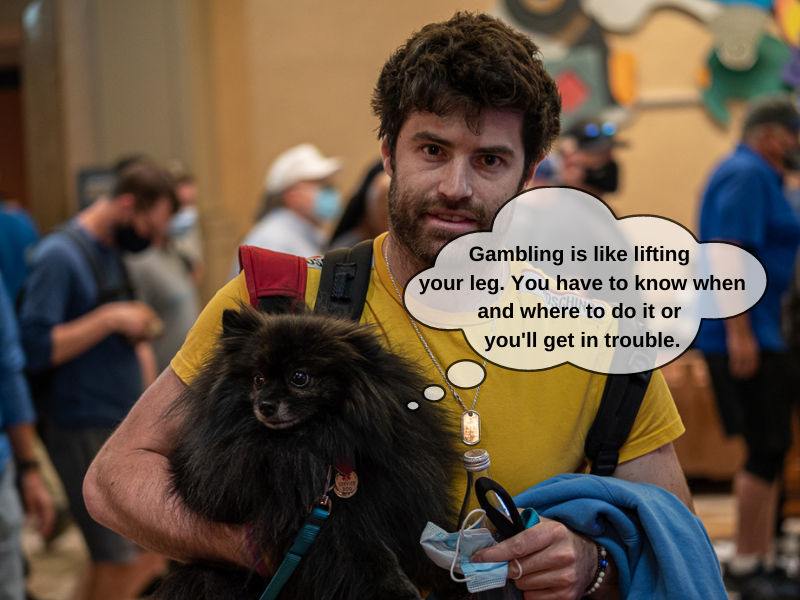
Get ready to gamble
A really strong player opens the button and you are in the small blind with KK. You both have about 80,000 and the blinds are 100/200. When he raises to 500, what should you do from the small blind?
You should raise big or not raise at all. If you raise to 1,500 you are giving him incredible odds on a call while letting him know that you have a big hand which will make it very easy for him to outplay you. If you just flat call you can keep the pot small, and there is no way he can win a huge pot from you. If you raise to 3,000, you punish him badly for calling and make it hard for him to make up for having the worst hand. Either option may work for you, but the smaller raise will leave so many chips behind that it is easy, and profitable, for him to call.
If the blinds were bigger compared to the stacks, then a normal reraise might make sense, though I still raise bigger when I am out of position, but with super deep stacks a small reraise is just asking for trouble when you are out of position against a good player.
But what if, with the same blinds and stacks, a weak player raises to 700 from early position. He is happy to be playing the main event, but is clearly not a strong player. Action folds around to you in the big blind with 64o. What do you do?
In most tournament situations, when facing a 3.5x raise, you would quickly fold your big blind with such a weak hand. But you could put in 500 more chips to potentially win 80,000, and you may be able to steal the pot if you don’t flop something. You have all the room to maneuver and stand to win 160x what you put in.
This is a great spot to call and see if you can make something happen. If you flop nothing and he seems to love his hand, you can fold and it cost you an insignificant portion of your stack to call and take a shot at winning a big pot.
The main event will feature deeper stacks for a longer period of time than any other tournament. Keep that in mind and don’t lose a big pot because of an early mistake.
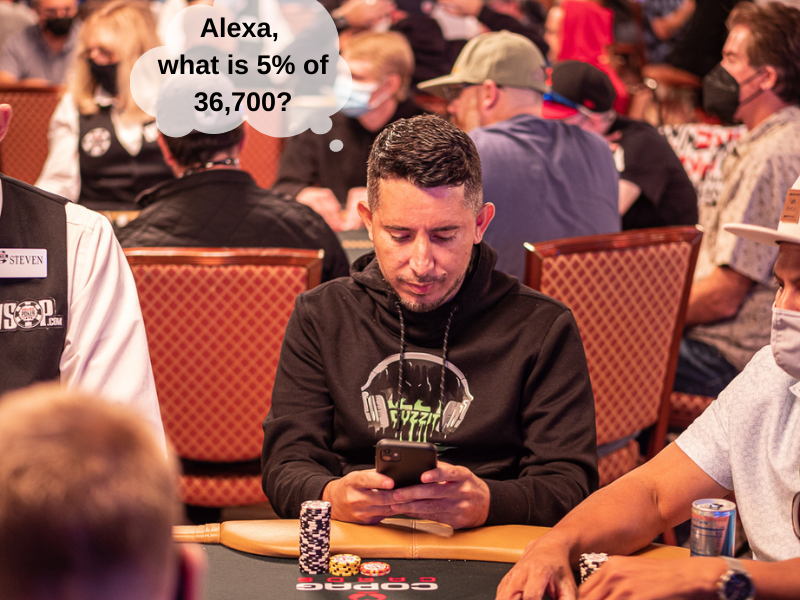
Apply the 5% Rule
The 5% Rule is a good general guideline for tournament play. It states that you should not put in more than 5% of your stack if you are just trying to see a flop with a speculative hand. Those hands might include small suited aces, suited connectors, and small pairs. If you are just trying to out flop someone, don’t spend more than 5% of your stack trying to do it. And only do it if they are a bad player. You won’t get paid enough when you out flop a pro to make it worth trying unless you are a very strong player yourself.
The main event is a great place to remember the 5% rule. It will help you understand when you should be seeing flops against bad players, and when your stack gets shorter it will prevent you from bleeding chips away.
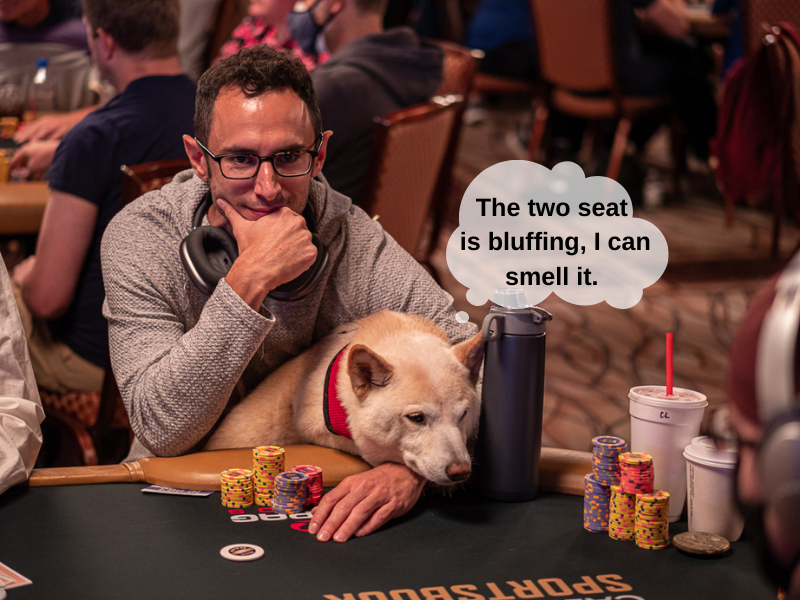
Expect a wider variety of mistakes
In a typical tournament, you will find a lot of players who are too loose, some who are too passive, and a few who are too tight and fold a little too much. But in the main event these will be even more extreme and you will find some players that are so predictable you can make incredible folds against them and bluff them off almost any hand.
Some players will simply never call a big river bet in the main event unless they have close to the nuts. They are being really careful, and that’s how they assume everyone else is playing too. Others will bluff at every pot, trying to win because they think they are finally playing with “good players who can fold a hand” which is what they have always thought they needed to make their aggression work.
No matter what they are doing, be ready for players who make a whole new set of mistakes. Throw out all of your assumptions about how typical players behave and learn how your specific table plays.
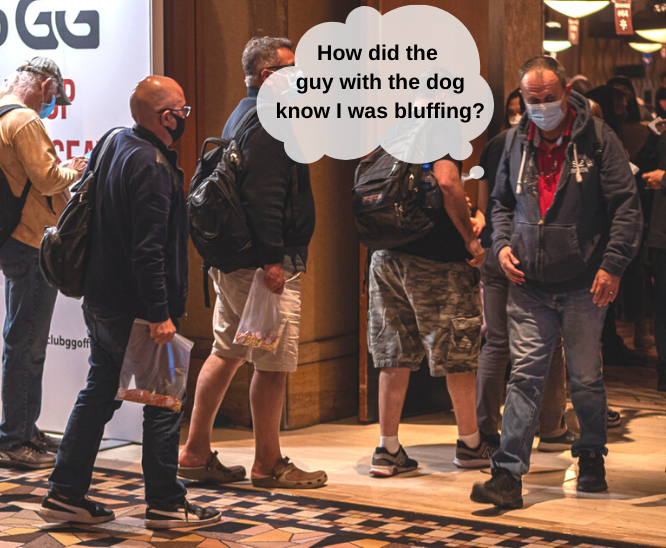
Attack the end of Day 1
Everyone wants to bag chips in the main event. Bagging chips means that you get to tell everyone about it for a few days until day two starts. For recreational players it brings bragging rights forever, even if they never come close to the money. And these players don’t care if it’s just a break, like any other. They don’t care that bagging chips doesn’t get you any closer to the final table than coming back from the first break. They just want to find that bag.
Which means you have your first chance to attack a bubble. You will be able to put pressure on recreational players and tight players who don’t want any trouble. Attack them relentlessly, but remember that if they put up a fight they probably have a big hand and you should back down immediately. Attack until they fight back, then surrender immediately and go back to attacking the next hand.
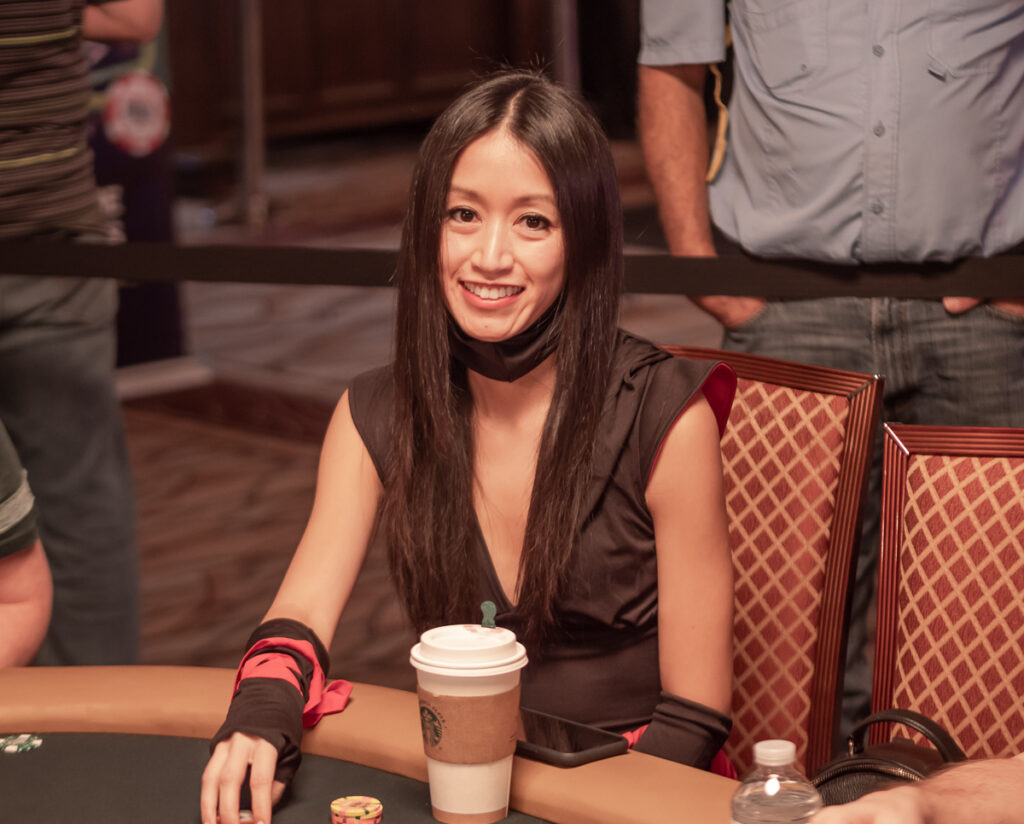
Days 2 through 4: Chip up on bagging bubbles
There will be a “bagging bubble” at the end of every day until Day 4. You’ll reach the money sometime on Day 4, and that will be a huge deal. Partly because you’ll be excited to make the money yourself. Even a min-cash is a nice chunk of change. But the real reason to be excited is that this is an amazing spot to chip up.
The blinds will be big enough now that stealing them will be really valuable. And your opponents will mostly be letting you get away with it. You should know who is willing to put up a fight, and if an aggressive pro on your left is consistently reraising you then you’ll have to slow down, but if everyone on your left is letting you steal you should be raising any two cards in the last few positions.
In the two hours before the bubble burst in 2019 I tripled my stack. I turned an average stack into a monster without seeing a single showdown. That opportunity won’t be available every year, but if it is, you have to take full advantage of it.
If you are a short stack yourself, then by all means, wait for that bubble to break. But here’s to hoping that you’ll have a reasonable pile of chips in front of you and you can start using those chips to grow your stack. Instead of praying for the bubble to break, you’ll be praying that it never breaks and you can rob your opponents blind all day long.
When the bubble does break, enjoy it. You’ve accomplished something and you’ve made some money and you should be cheering along with the rest of the room. It’s one of the few times in life that you can celebrate a victory with a thousand other people and you can all be happy together.
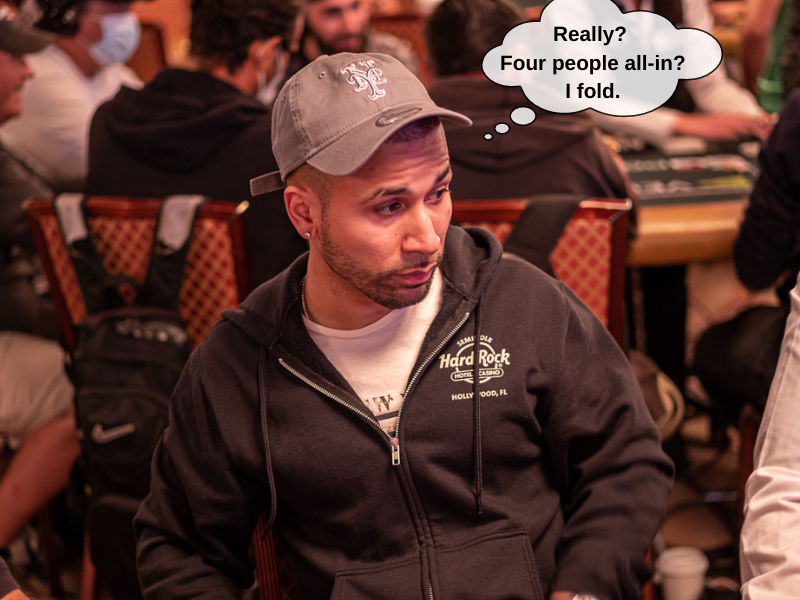
After the bubble breaks: tighten up and hunker down
Once the bubble breaks, the mess begins. Players who have been waiting patiently and are now very short stacked will start piling their chips in the middle at an astounding rate. For an hour or so the bust outs will be constant. So it’s time to stop stealing and tighten up. You aren’t chasing anyone out of a pot now, they’ve already locked up a cash and they are willing to gamble, so you’ll need to show down a real hand. Tighten up and be ready for a reraise all-in behind you anytime you open a pot.
After the mess is over and the short stacks are gone, it’s time to get back to serious poker. Keep your eyes on the pay jumps. If you’re short, you’ll want to wait until after a pay jump to go all-in, and if you have a nice stack you’ll want to raise more hands on each of these little pay jump bubbles, especially against short stacks. There will be a tiny bubble for each pay increase and a tiny mess of all-ins after it breaks.

Day 5: Enjoy the Experience
On Day 5, things start to get really serious and there is real money at stake. You are likely to be on camera at least part of the day, and your opponents will be making a lot less mistakes. The aggressive pros will start piling up chips again, just like they did on the bubble, because no one wants to go broke with a weak hand so late in the tournament.
I use the pressure as fuel. It makes me play better and keeps me focused. If the pressure is getting to you, remind yourself that you have already made a lot of money and all you can do now is keep playing well and let the chips fall where they may.
And don’t forget to enjoy this part too. Just like the very beginning of the tournament, this is an experience you may never have again. Enjoy the cameras and the crowds and the attention you’ll get on social media. This is the most fun poker you will probably ever play. Take pictures, record video, exchange contact information with other players, do it all. You won’t regret it.
—–
If this was all too long and there is just too much to remember, then just stick with this. Enjoy yourself, relish the moment, and be prepared for a poker experience like no other. The main event is as good as it gets. And be prepared for the most annoying bust out of your life. When it does happen, losing your last chip in the main event is a miserable experience. But that sting will fade quickly and the memories will last forever.
And be careful with those deep stacks. Play hands with weak players and avoid pros for the first few days. And play way more hands in position and very few hands out of position because deep stacks make position much more important. Then you’ll last longer and have even more fun in the world’s most prestigious poker tournament.

